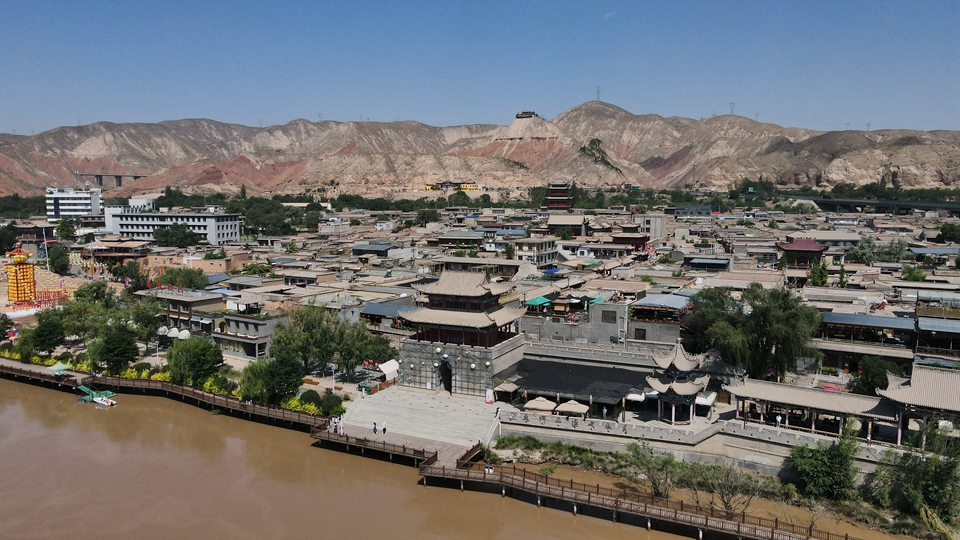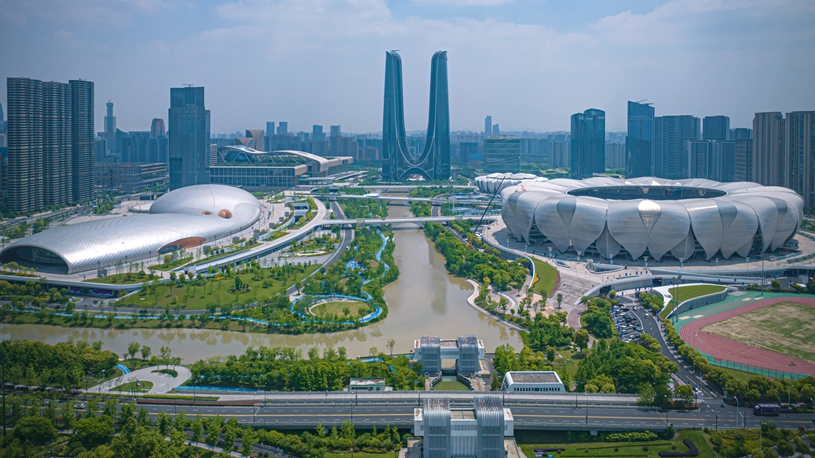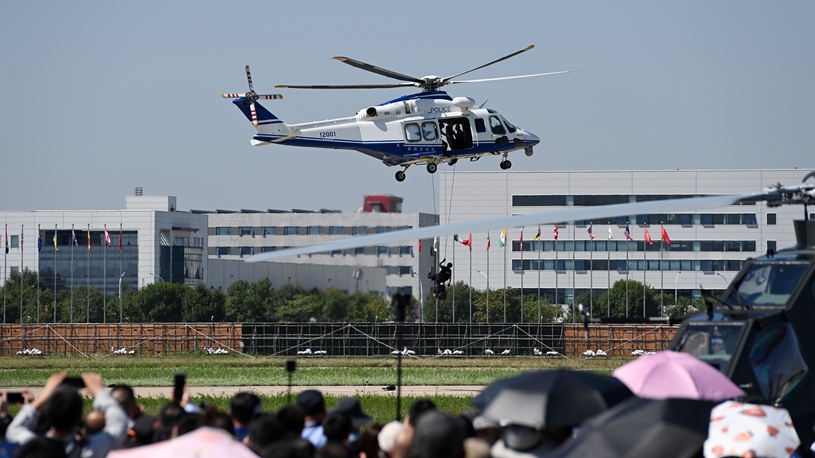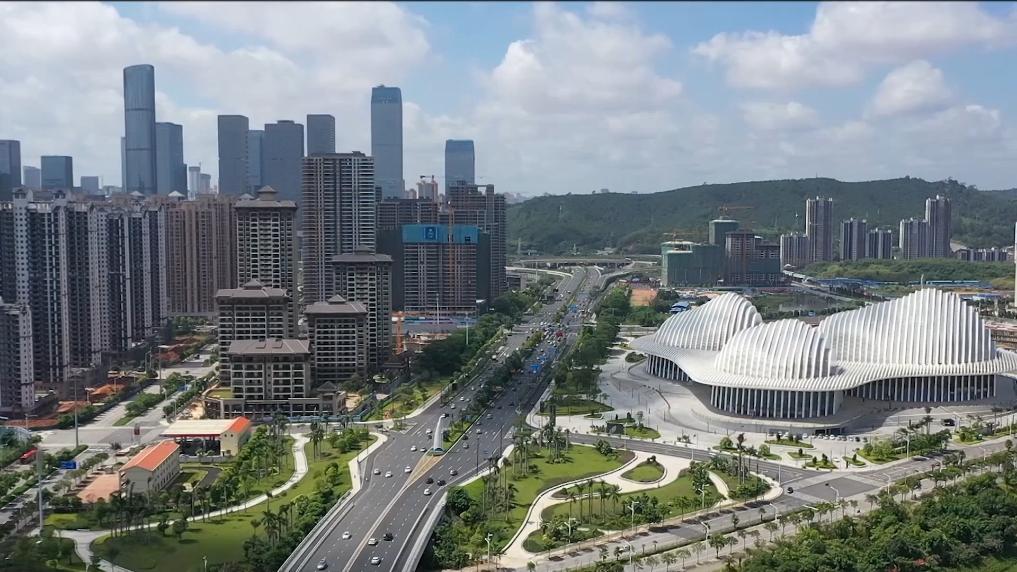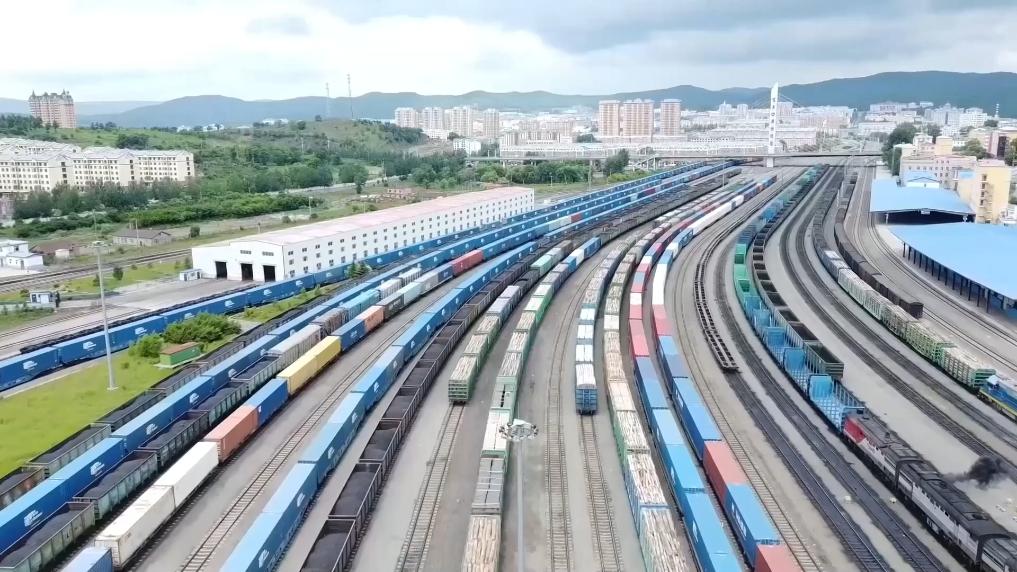* At the China-ASEAN Expo, there's a palpable excitement about China's growing appetite for durian, the pungent "king of fruits."
* Last year, China imported 825,000 tonnes of durian, about four times the figure of 2017. The fruit has emerged
* Fruit dealers are
by Xinhua Writers Yao Yuan, Pan Qiang and Zhu Lili
NANNING, Sept. 18 (Xinhua) -- Seated behind a stack of durian-flavored snacks at the Malaysian
"Malaysia is home to more than 200 durian varieties, but I know the Musang King is the favorite in China," said one of the
At the expo currently
Lau Hieng Seng, hailing from Malaysia, brought more than 600 servings of durian-pulp ice cream to this year's exhibition, after missing out
"Anything with durian in it is hugely popular among Chinese consumers. Our only concern is whether our stock is sufficient," he said.
The Chinese market made up 91 percent of the world's demand for durian in the past two years, according to an HSBC report. Last year, the country imported 825,000 tonnes of durian, about four times the figure of 2017, according to customs and
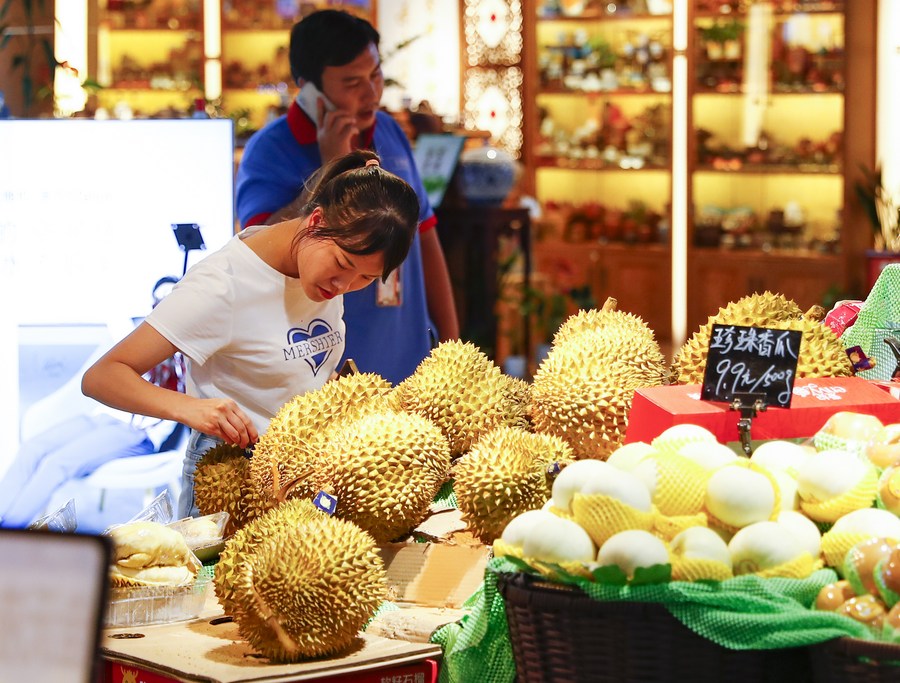
A woman chooses
SUPER BIG MARKET
Chinese Premier Li Qiang
With a total population of more than 2 billion, China and ASEAN countries constitute a huge market, with its expansion and integration continuing to inject new
The flow of goods in this regional market has continued to benefit from tariff-free policies and expanded market access under the frameworks of the China-ASEAN Free Trade Area and the Regional Comprehensive Economic Partnership (RCEP).
"A decade ago, ASEAN fruits like durian, mangosteen and golden coconut were rare in China, but now they can
Jumping onto the bandwagon of Vietnamese durian imports, Wang's company last year signed contracts with Vietnamese durian farms covering nearly 3,000 hectares.
"We plan to import more than 3,000 containers, or 60,000 tonnes, of Vietnamese
Official data from Vietnam showed the country earned more than 500 million U.S. dollars from durian exports in the first five months of the year, up 18 times from a year ago. Vietnam exported more than 65,000 tonnes of durian during the period, with China buying 97 percent of the shipment.

Traders from Vietnam sell
Wong Kok Loong from Malaysia has been closely following China's durian craze. The entrepreneur started attending the China-ASEAN Expo in 2015 to sell durian pastries and candies. Seeing China's e-commerce boom in recent years, he opened stores
"Now my durian products have expanded from four categories to over 80, including durian custard roll and durian cheese," he said.
"China's durian market still has plenty of potential,
In August, China's retail sales of consumer goods reported a 4.6-percent increase after a three-month slowdown, indicating an improving consumer sentiment
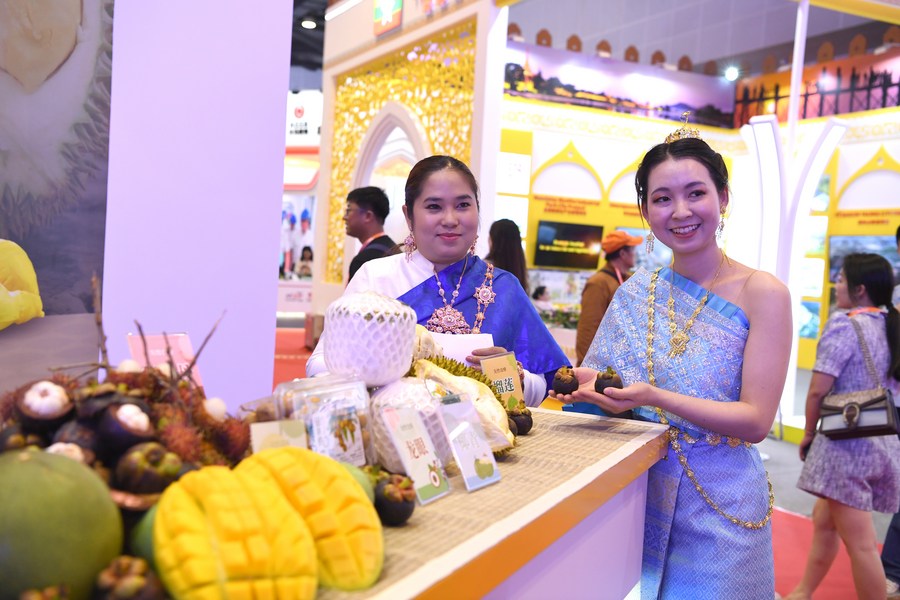
Exhibitors display fruits from Thailand during the 20th China-ASEAN Expo at Nanning International Convention and Exhibition Center in Nanning, capital of south China's Guangxi Zhuang Autonomous Region, Sept. 17, 2023. (Xinhua/Zhou Hua)
REGIONAL CONNECTIVITY
In recent years, the development of transportation infrastructure
"Durian imports have now become faster with more transportation options," said Guan Caixia, a Guangxi-based durian importer, whose Thai
But it is not just tropical fruits that have benefited from the improved connectivity. In Qinzhou, China-made auto parts, soda ash, and mechanical and electrical products are waiting to
"We handle about 20 rail-sea intermodal trains every day, and our cargo delivery volume has increased from 27,000 tonnes in 2017 to nearly 3.3 million tonnes in 2022," said Huang Jiangnan, head of Qinzhou Port's east railway station.
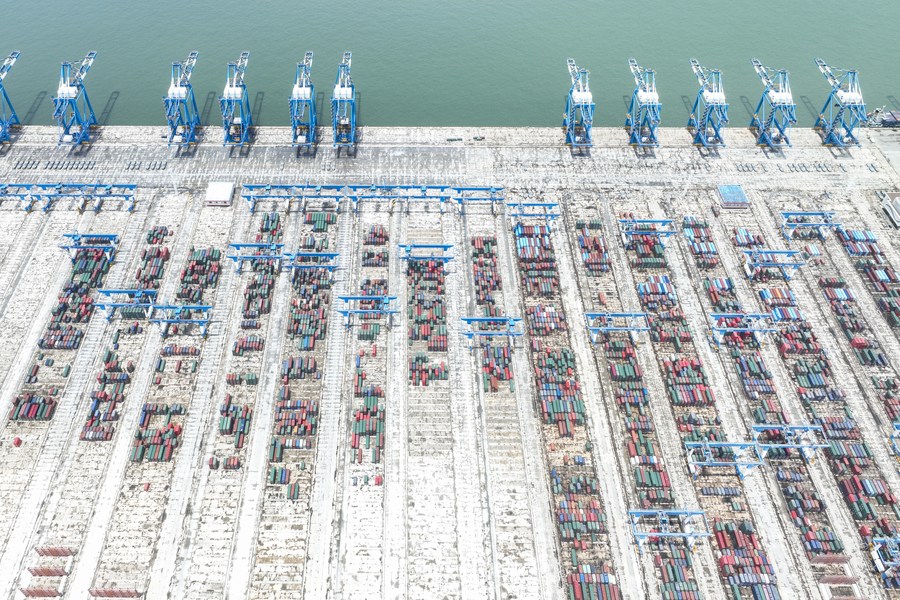
This aerial photo taken on July 22, 2023 shows an automated container wharf of the Beibu Gulf Port in Qinzhou, south China's Guangxi Zhuang Autonomous Region. (Xinhua/Cao Yiming)
According to China's Ministry of Commerce, trade between China and ASEAN countries rose from more than 100 billion U.S. dollars in 2004 to 975.3 billion dollars in 2022. The two sides have been each other's largest trading partners for three years in a row.
"Against the backdrop of
At the opening ceremony of the China-ASEAN Expo, Premier Li said China is willing to import more specialty products from ASEAN countries, upgrade regional connectivity, and build a more stable and smooth regional industrial and supply chain system based
"China will continue to
(Video reporters: Wu Siyu, Qin Guanghua, Huang Kaiying, Liang Shun, Hao Xiaojiang, Xu Ning; video editors: Hong Ling, Luo Hui, Zhang Yucheng, Li Qin) ■




